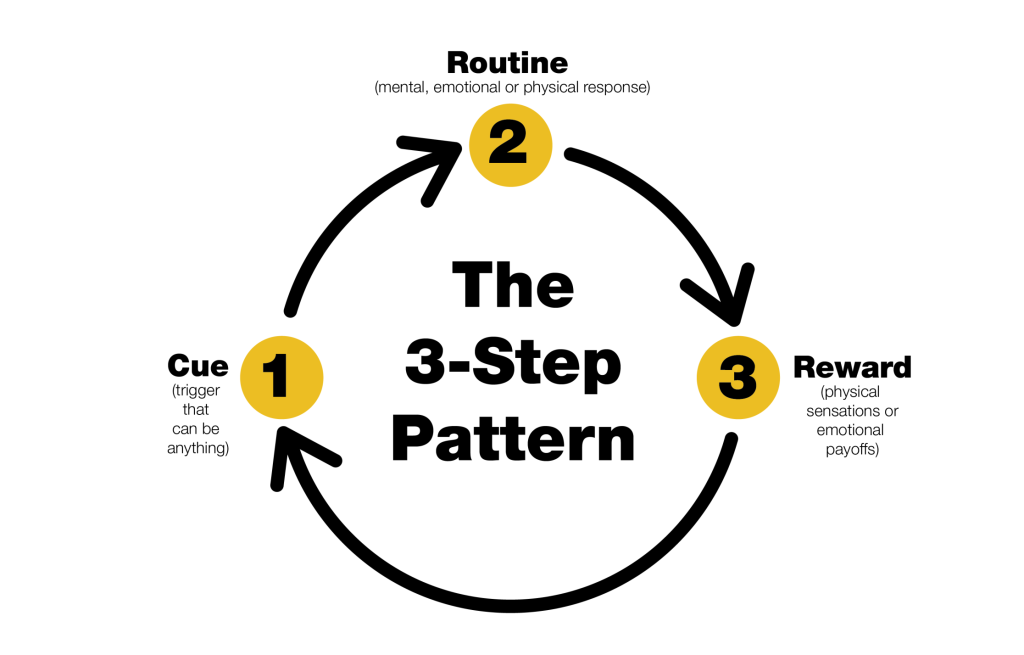
It’s beginning of April 2020 and I’ve been locked down in Brussels for more than three weeks. This unexpected course of events reminds me that in business – and life in general – things do not always go as planned. Most of our clients are currently focused on making sure we’ll all have enough food (#foodheroes) and the best thing I can do right now to help is to stay at home.
Along with my partners, I run a small boutique consulting business that specialises in delivering consumer-centric business solutions and so we look at consumers’ actual behaviour. Our passion is to understand why consumers do what they actually do – and not what they claim they do. That’s how we have an edge matching consumer needs and insights with market drivers.
In the past month, I have tried to understand what consumer behavior is right now and what will be the short and mid-term impact of the covid-19 outbreak on consumer behaviour.
I’ve read extensively – magazines, newspapers, articles, reports, and books – listened to the radio, talked to people and watched TV channels from different countries since the outbreak started.
I’ve been struck by the high number of contradictory analyses – or rather opinions – on how the world, society, economy will change in the future because of the covid-19 outbreak.
That’s why I decided to go back to basics and to my specific focus as a professional: what leads people to actually change their shopping and consumption behaviors. The Power of Habit, a book by Charles Duhigg, is a great framework to evaluate consumer behavior changes.
This very well documented book was written with the objective to help people and businesses understand how to turn a bad habit into a good one. This book also shed some light on how to support organizational and societal changes. This time, I’ve read this book with the covid-19 outbreak perspective in mind.
Habits emerge in our brain without our permission. The human brain constantly looks for efficiencies, so that we can stop thinking about basic behaviors so as to devote mental energy to something more important. Habits sit in the limbic system while decisions sit in the prefrontal cortex.
In habit mode, the brain stops making decisions and a pattern unfolds automatically. This pattern works in a 3-step loop:

When repeated, the loop creates a neurological craving (anticipation of the reward).
The book focuses on how to change habits at the individual and collective level. To change a habit, you need to keep the cue and the reward and replace the routine. Why? because habits never disappear. That’s how old habits can reemerge rather easily. The limbic system is just waiting for the right cues and rewards. See how President Trump had issues dropping the shaking hands habit!
People also have to be convinced that the change will improve their life because changing requires a lot of will power and efforts. And when things get really tense, people go back to their comfort zones and old habits. A crisis can push people to reconsider or even reform their life priorities. Still, this is not easy as people under huge stress and pressure tend to stick to their reassuring routines.
Focusing on consumer behavior and how it can change, there are 2 main learnings from this book:
Focusing on the covid-19 current crisis, I think that we can make educated assumptions on current and future consumer behaviors based on the book learnings:
Beez can help you think through the specific consumer behavior changes relevant to your business strategy, and how you market your products now and in the short to mid-term. Our general tips on the current crisis are: